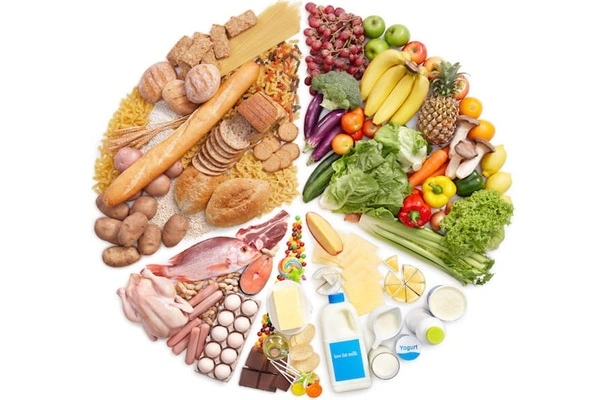Both high-protein and low-protein diets can help manage Type 2 Diabetes (T2D), but the choice depends on personal preferences, metabolic considerations, and overall health goals. It’s crucial to remember that there is no one-size-fits-all diet, and what works best for one individual may not work for another. According to new research from the University of Alabama in Birmingham, the type of protein in the diet is not as essential as the overall amount of weight loss for those with Type 2 diabetes.
In a study published in the journal Obesity, 106 persons with T2D were randomly assigned to either a high-protein or a low-protein diet for 52 weeks. Both diets were low in calories. The high-protein diet included advice to include lean beef in the diet, but the normal-protein diet urged individuals to avoid eating any red meats.
The researchers discovered that both a high-protein diet (40 percent of total calories from protein) and a moderate-protein diet (21 percent of total calories from protein) were successful in improving glucose management, weight loss, and body composition in persons with Type 2 diabetes.
The researchers discovered that both a high-protein diet (40 percent of total calories from protein) and a moderate-protein diet (21 percent of total calories from protein) were successful in improving glucose management, weight loss, and body composition in persons with Type 2 diabetes.
Lead author James O. Hill, professor with the UAB Department of Nutrition Sciences and director of the UAB Nutrition Obesity Research Center, and co-author Drew Sayer, Ph.D., with the UAB Department of Family and Community Medicine, say that in this context of comparing two overall healthy dietary patterns that differ in the amounts of dietary protein and carbohydrate, as well as the inclusion/exclusion of lean, minimally processed beef, the results here show an individual can have some flexibility to choose a dietary pattern that most closely matches their preferences and that they are mostly like to stick with in the long term.

For 52 weeks, 71 study participants were randomly assigned to either a higher-protein diet with four or more 4- to 6-ounce meals of lean beef per week (as the only source of red meat) or a normal-protein diet with no red meat. The high-protein diet contained 40% protein, 32% carbohydrate, and 28% fat of total energy, whereas the normal-protein diet contained 21% protein, 53% carbohydrate, and 26% fat of total energy (which is higher in protein than the average American diet, which contains 14-16% protein of total energy).
All individuals had type 2 diabetes and were on the State of Slim weight management program, with both diets being calorie-restricted and restricted to food lists for each phase of the SOS program. In addition, individuals gradually increased their exercise time to 70 minutes per day, six days per week.
The National Cattlemen’s Beef Association, a contractor to the Beef Checkoff, funded the study, but was not involved in its design, interpretation, or release.
Study Key Points
- Both a high-protein diet that includes red meat and a normal-protein diet without red meat are effective for weight loss and improving blood sugar control.
- The primary factor in managing Type 2 diabetes is weight loss itself, regardless of the specific composition of the diet.
- Avoiding red meat does not provide any additional benefits for weight loss or blood sugar control during a weight loss program.
















